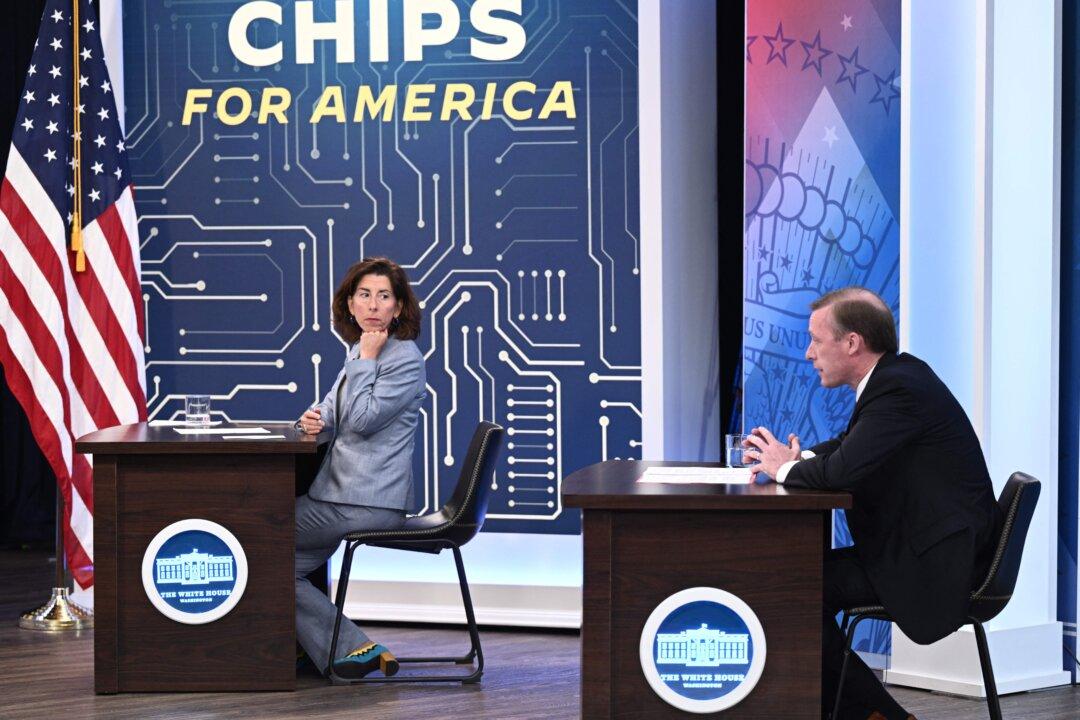Commentary
A recent column in the Financial Times, “America (Still) Has No Industrial Policy,” by Rana Foroohar, touched on some issues that have long troubled me about what purports to be U.S. industrial policy—the practice by which governments encourage certain sectors of business and industry to advance national, state, or local economies. The latest examples are, of course, the CHIPS and Science Act of 2022 and countless “Green New Deal” mandates.





